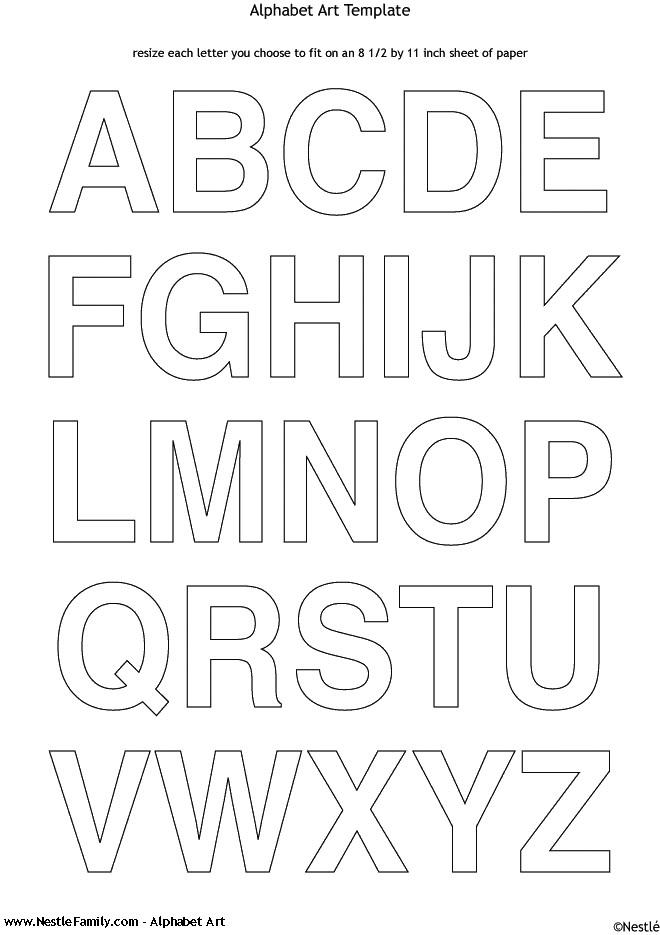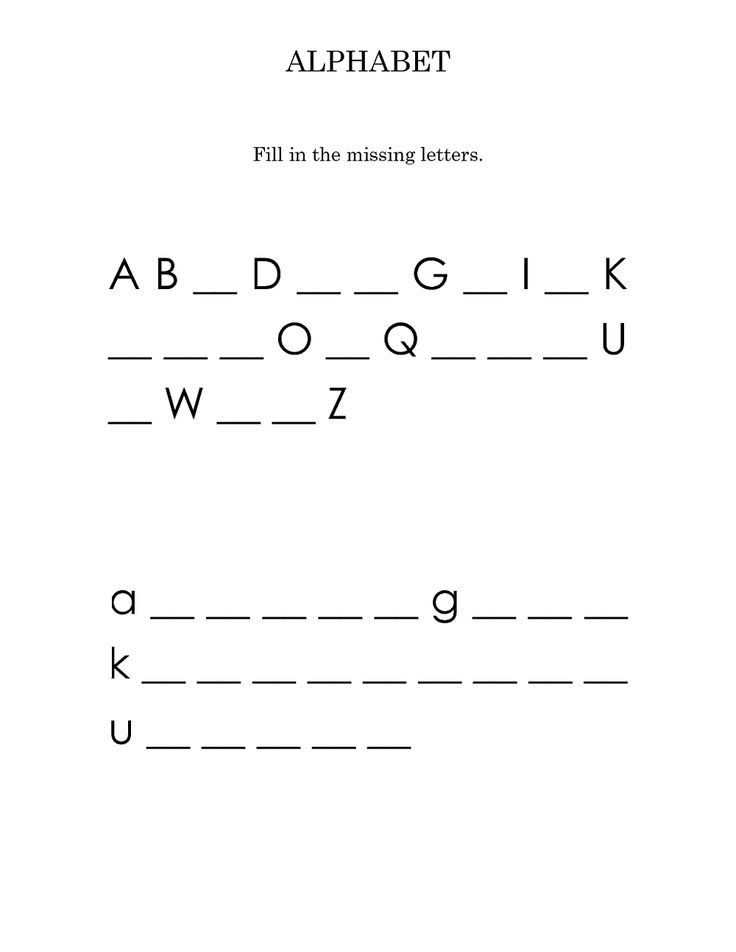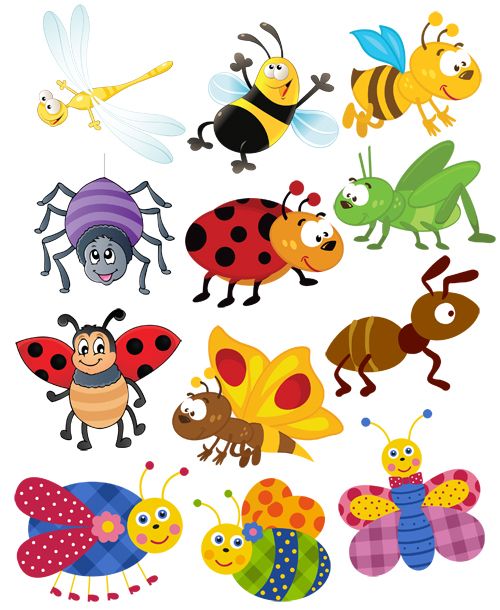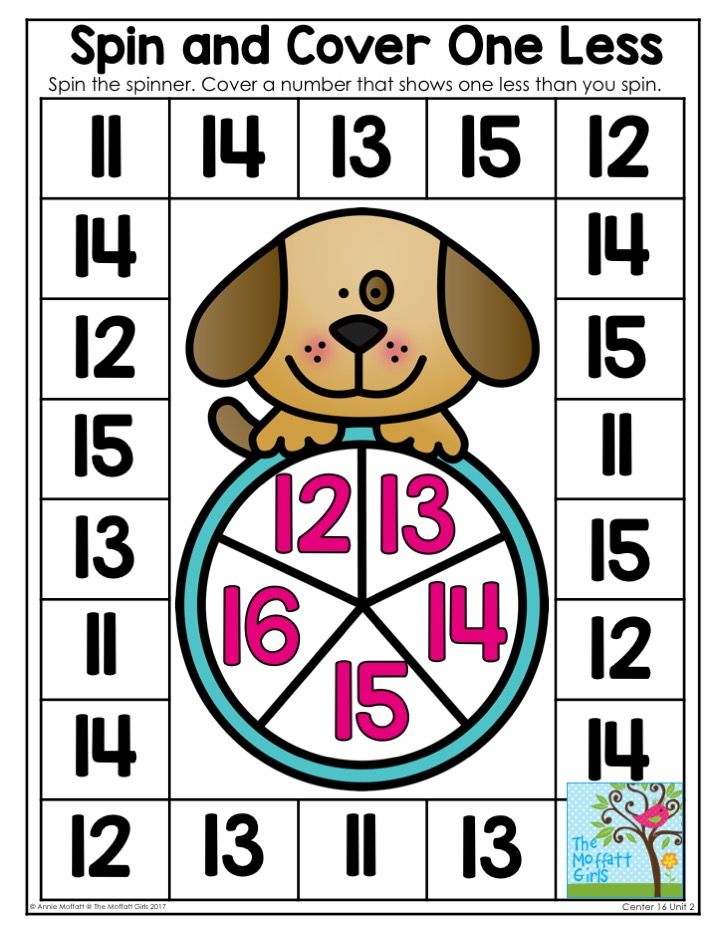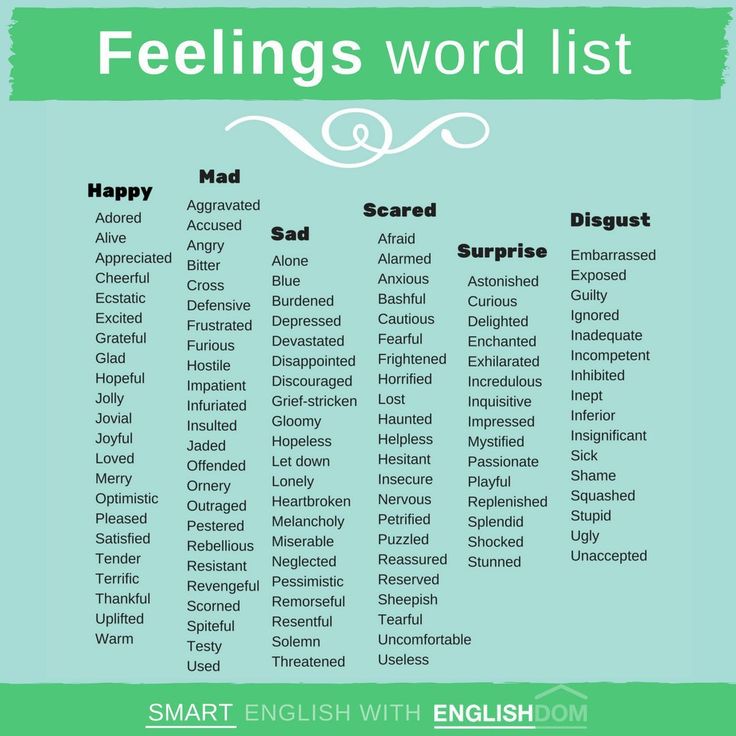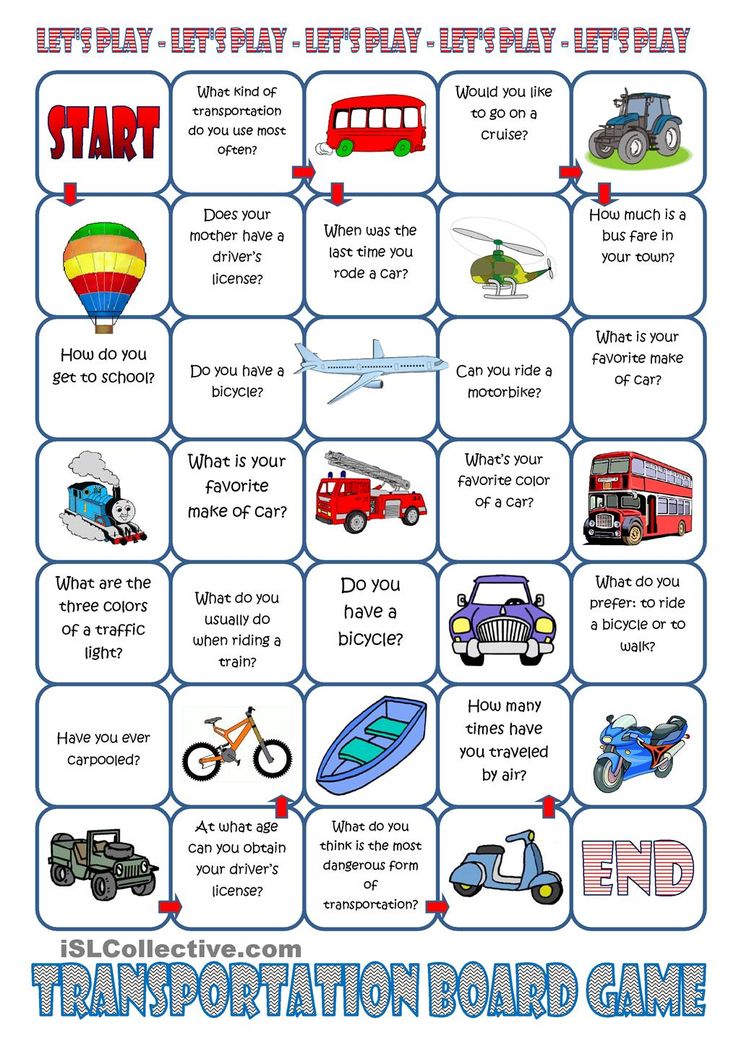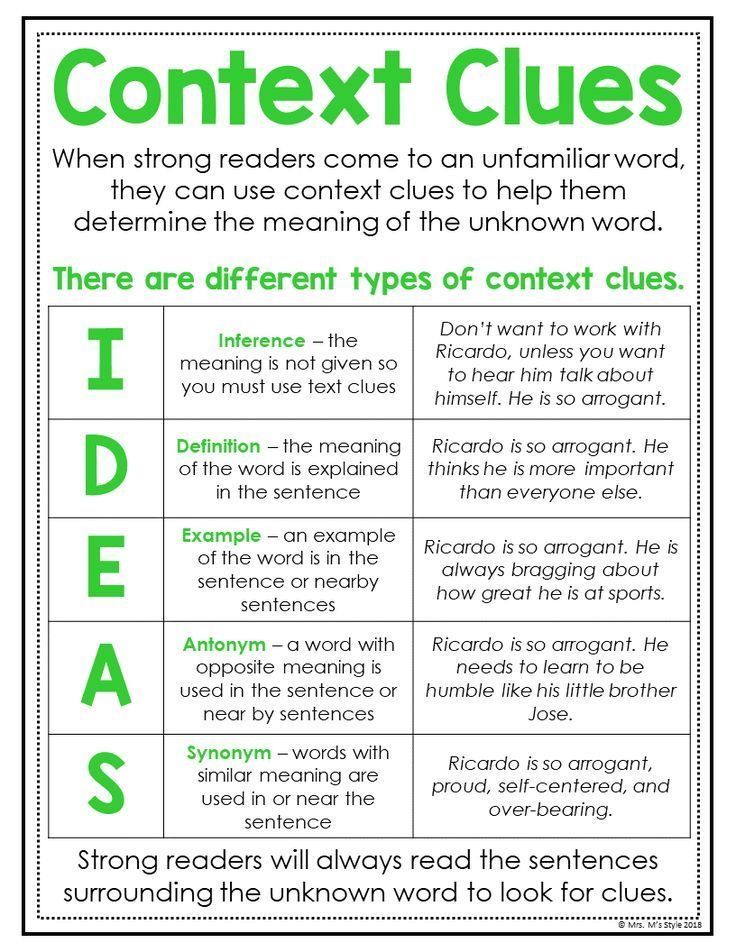Who let the alphabet out
Phonics Songs that Teach the Alphabet and Individual Letter Sounds
These Phonics lyrics are available from a variety of albums:
Learning the ABCs & Letter Sounds
A-B-C – Patty's Primary Songs
ABCzzz (featuring Saul Paul) – Nanny Nikki
The ABC Rap – The Gum Rappers
ABC Song – Kiboomu Music
The ABC Songs – Susan Salidor
Act Out the Alphabet – Jack Hartmann
The Alphabet Chant – Super Simple Songs
The Alphabet's in My Mouth – Dr. Jean
A is for Ant – Timmmy Abell
Alphabet Song – Marla Lewis
Alphabet Limbo – Stephen Fite
The Alphabet Song – Super Simple Songs
The Alphabet Song (ABC) -- Slow Version – Margie La Bella
Alphardy – Dr. Jean
Dog Alphabet Song – Grin Brigade
Frontwards, Backwards ABCs – Stephanie Burton
Forwards Backwards ABCs – Stephen Fite
Hands Up for Letter Sounds – Jack Hartmann
I Know My Alphabets – Ahjay Stelino
I Like Letters – Music, Movement & Magination
Is This a Number or a Letter? – Jack Hartmann
I've Been Working On My Letters – Cherry Carl
Let's Alphabecise – Stephen Fite
Lettercise – Dr. Jean
The Letter Dance – Dr. Jean
Letter Line Up – Jack Hartmann
Letter Pops – Dr. Jean
Letter Sounds – Stephen Fite
Letter Tales – Dr. Jean
Magic Letters – Debbie Paulsen
Meet the Letters of the Alphabet – Jack Hartmann
Marching Around the Alphabet – Hap Palmer
Phon-ercise – Dr. Jean
Rappin' the ABC's – Music, Movement & Magination
S-Superhero – Margot Bevington
The Sounds of Our Letters – Music with Mar.
Supersonic Letter Sounds – Stephen Fite
Twinkle ABCs – Kathleen Rushing
Yahoo! We're Learning the Alphabet – Music, Movement & Magination
Who Knows the Alphabet Sounds – Music, Movement & Magination
Who Let the Letters Out – Dr. Jean
Alliteration Lyrics for a Variety of Alphabet Letter Sounds
Alliteration – Danny Weinkauf
Amen and Achoo – Kelly Good
Bitty Bi Bo Bu – Dr. Jean
Dinosaurs to Dinner – Fran Avni
Chimmy Cha-Cha – Liz Buchanan
Echo the Letter Sounds – Jack Hartmann
Favorite Letter – Patty Shukla
Letter Sounds A to Z – Jack Hartmann
Mr. Muphy's Most Amazing Super Savings Store – Vincent Nunes
Muphy's Most Amazing Super Savings Store – Vincent Nunes
Musical Movement Alphabet – Music with Mar.
My Name Starts With a Letter – Nancy Schimmel and Fran Avni
Pineapple – Fran Avni
Sounds of the Alphabet – Marilyn M. Linford
We're Going to the Farm – Music, Movement & Magination
Words! – Ron Brown
Teaching the Shapes and Heights of Letters
Cheering Letters – Dr. Jean
Drawing in the Air – Music with Mar.
I Like Letters – Music, Movement & Magination
Letter Aerobics – Dr. Jean
Move to the Alphabet – Jack Hartmann
Shapes Make Letters (Part 1) – Music with Mar.
Vowels
See our Songs that Teach Long and Short Vowel Sounds
Digraphs, Blends, and Diphthongs
See our Songs that Teach Letter Blends, Digraphs, and Diphthongs
Consonants
B - (Basic Music Beat) – Music with Mar.
Bb – Greg Whitfield
Bananas – Patty Shukla
Big Bagels – Kelly Good
Bite for B – Intelli-Tunes
Bring Back the Bat – Nancy Schimmel and Fran Avni
C - (Celtic) – Music with Mar.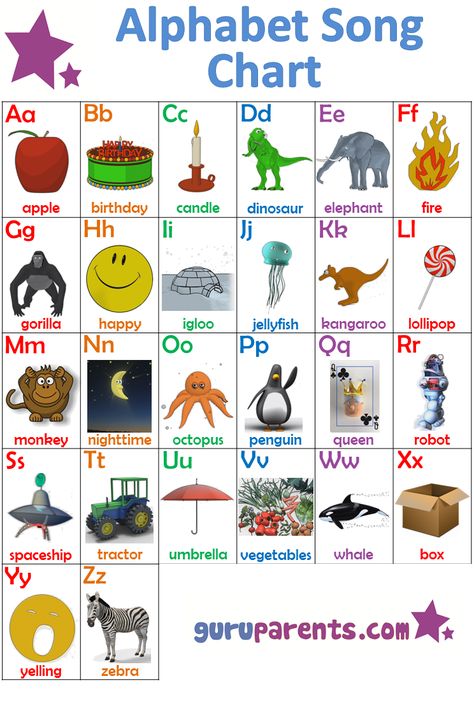
Cc – Greg Whitfield
Crawl for C – Intelli-Tunes
D - (Disco) – Music with Mar.
Dd – Greg Whitfield
Dance for D – Intelli-Tunes
F - (Folk) – Music with Mar.
Ff – Greg Whitfield
Flip for F – Intelli-Tunes
The Frosty Fable (the f sound) – Dan Crow
G - (Gospel) – Music with Mar.
Gg – Greg Whitfield
Gentle Giraffe – Marla Lewis
Get Your Own Goat – Fran Avni
Grin for G – Intelli-Tunes
H - (Hawaiian) – Music with Mar.
Hh – Greg Whitfield
Hop for H – Intelli-Tunes
J - (Jazz) – Music with Mar.
Jack the Giant (soft G and J sound) – Dan Crow
Jj – Greg Whitfield
Jump for J – Intelli-Tunes
Jump for Jesus – Kelly Good
K - (Klezmer) – Music with Mar.
The "K" Club – Greg Whitfield
Kid in Kalamazoo – Kelly Good
Kiss for K – Intelli-Tunes
Kiss the Cow (hard C and K sound) – Dan Crow
I Love My Pillow (the l sound) – Dan Crow
L - (Lullaby) – Music with Mar.
Ll – Greg Whitfield
Lick for L – Intelli-Tunes
Licking Lollipops – Songs for Speech and Language Skills
Lola the Lonely Llama – Kelly Good
I Love Foods that Start with "M" – Marla Lewis
M - (Merengue) – Music with Mar.
Mm – Greg Whitfield
March for M – Intelli-Tunes
Monkey Say, Monkey Do – Jack Hartmann
Muffin Mix – Fran Avni
No More Gum (the m sound) – Dan Crow
N - (New Age) – Music with Mar.
Nn – Greg Whitfield
Nine Naughty Newts – Kelly Good
Wiggle Your Nose for N – Intelli-Tunes
OOPS! (the p sound) – Dan Crow
P - (Polka) – Music with Mar.
Pp – Greg Whitfield
Percy the Pirate – Kelly Good
Point for P – Intelli-Tunes
Q - (Quanho) – Music with Mar.
Qq – Greg Whitfield
Quitet Q for Q – Intelli-Tunes
R - (Reggaton) – Music with Mar.
Rain Rain Rain (the r sound) – Dan Crow
Rr – Greg Whitfield
Rock and Roll – Kelly Good
Rock and Roll Star – Fun Phonics Songs
Run for R – Intelli-Tunes
The Ballad of Rueben Rooster (the r sound) – Dan Crow
Vroom Goes the Red Race Car – Patty Shukla
S - (Soul) – Music with Mar.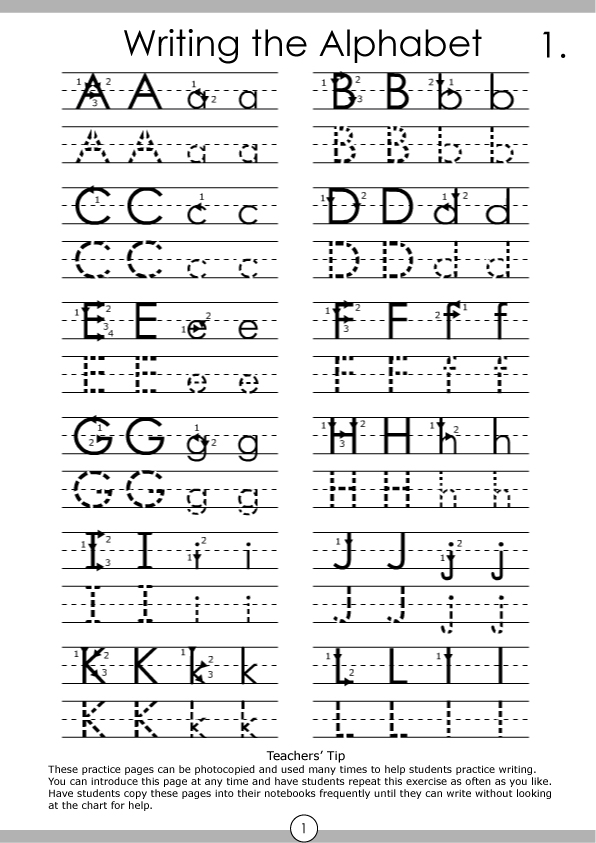
Seven Silly Squirrels – Fran Avni
Ss – Greg Whitfield
Sleep for S – Intelli-Tunes
Soup! Soup! Soup! (the s sound) – Dan Crow
T - (Tango) – Music with Mar.
Time To Take Time (the t sound) – Dan Crow
Tiptoe for T – Intelli-Tunes
Tt – Greg Whitfield
Timmy – Kelly Good
Make a V for V – Intelli-Tunes
V - (Vaudville) – Music with Mar.
Vv – Greg Whitfield
One Wet Windy Wednesday – Fran Avni
W - (Western Swing) – Music with Mar.
Walk for W – Intelli-Tunes
Ww – Greg Whitfield
Make the Sound for X – Intelli-Tunes
X - (Xhosa) – Music with Mar.
Xx – Greg Whitfield
eXiting – Kelly Good
Y - (Yass) – Music with Mar.
Yay for Y – Intelli-Tunes
Yy – Greg Whitfield
Yoshi the Yellow Yak – Kelly Good
Z - (Zydeco) – Music with Mar.
Zz – Greg Whitfield
Zip Your Lip for Z – Intelli-Tunes
See also:
Using Alliterative Songs to Teach Letter Sounds -- Nancy Schimmel and Fran Avni
See more of our Language Arts & Reading Skills Song Lyrics
Let's Get Fit to the Alphabet CD
Home → Products → Let's Get Fit to the Alphabet CD
$15.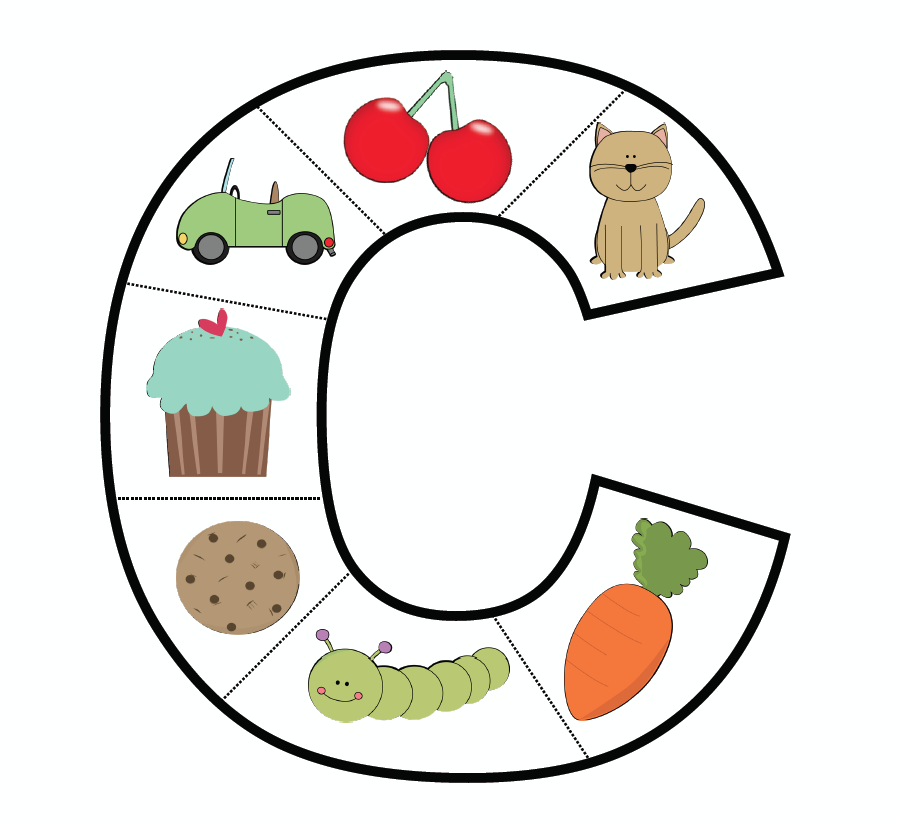 00
00
SKU: 1360
Let’s Get Fit to the Alphabet includes curriculum based movement songs related to the alphabet and early reading and writing skills. While moving and having fun, children will be learning about print concepts (reading words from left to right, reading pages from top to bottom, and reading books page by page), characters and settings, rhyming words, the alphabet, letter sounds, beginning sounds and much more. Children will also be introduced to more complex concepts such as syllables, blending (putting together the sounds in words) and segmenting (separating the sounds in words), and how to work with phonemes (units of sound) to change words.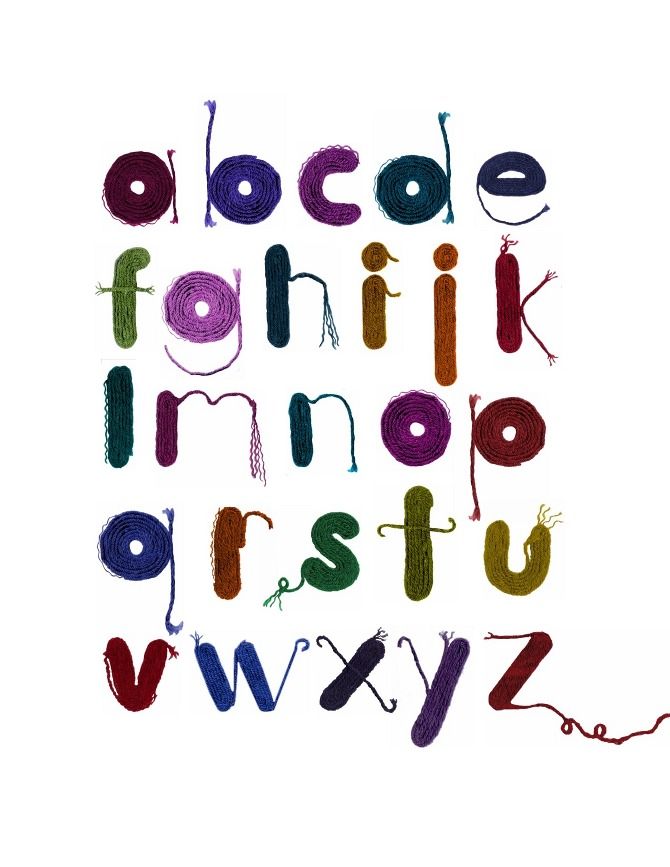 All of these skills will help children build a strong foundation for reading and writing.
All of these skills will help children build a strong foundation for reading and writing.
This collection of alphabet songs will provide a fun and engaging way for children to learn simple and complex concepts. As the children sing, dance, and follow Jack’s movements, they are also building their foundational literacy skills. Having this type of phonemic awareness (understanding that letter sounds they hear are connected to the letters that they see) and phonological awareness (awareness that words are made up of units of sound, saying rhyming words, clapping out syllables, and recognizing words with the same beginning sound) will increase every child’s literacy skills. When children understand the alphabet, letter sounds, and how words work, it opens the door to new and exciting reading and writing opportunities!
Let’s Get Fit to the Alphabet teaches children the connection between the alphabet letters and the sounds that each letter makes.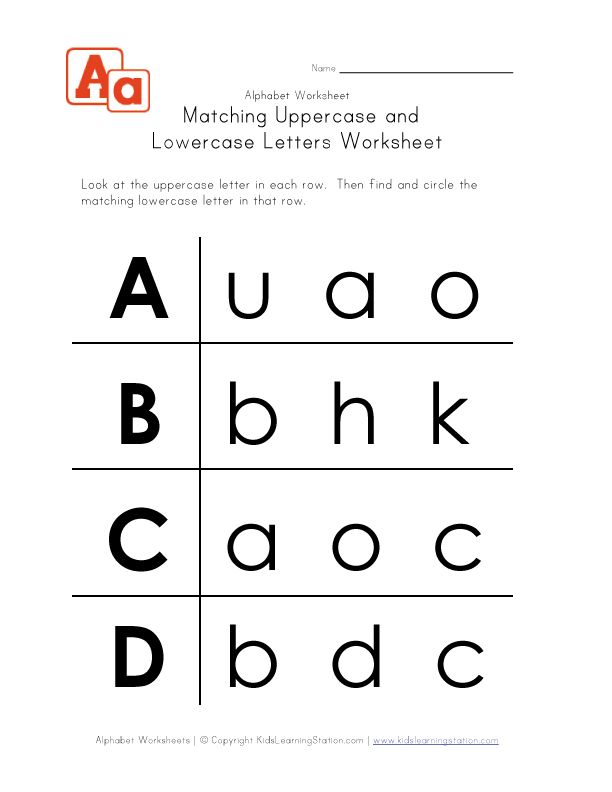 Having this type of phonemic awareness (understanding that the sounds heard are connected to the letters named) will increase every child’s alphabet knowledge while the movements fully engage the brain and body in learning.
Having this type of phonemic awareness (understanding that the sounds heard are connected to the letters named) will increase every child’s alphabet knowledge while the movements fully engage the brain and body in learning.
The Way We Read is a print concepts song that teaches children about reading. They will learn to read the words from left to right, the pages from top to bottom, and the book page by page. This song also gives several interesting examples of different genres (types of stories) that children can enjoy. Children repeat the print concepts several times, helping them to remember what they need to do when reading a book.
Booyah, Booyah is a fun movement song that focuses on left and right directionality. Understanding left and right will support children as they learn to read and write from left to right. This song also encourages the character traits of respect and a positive attitude.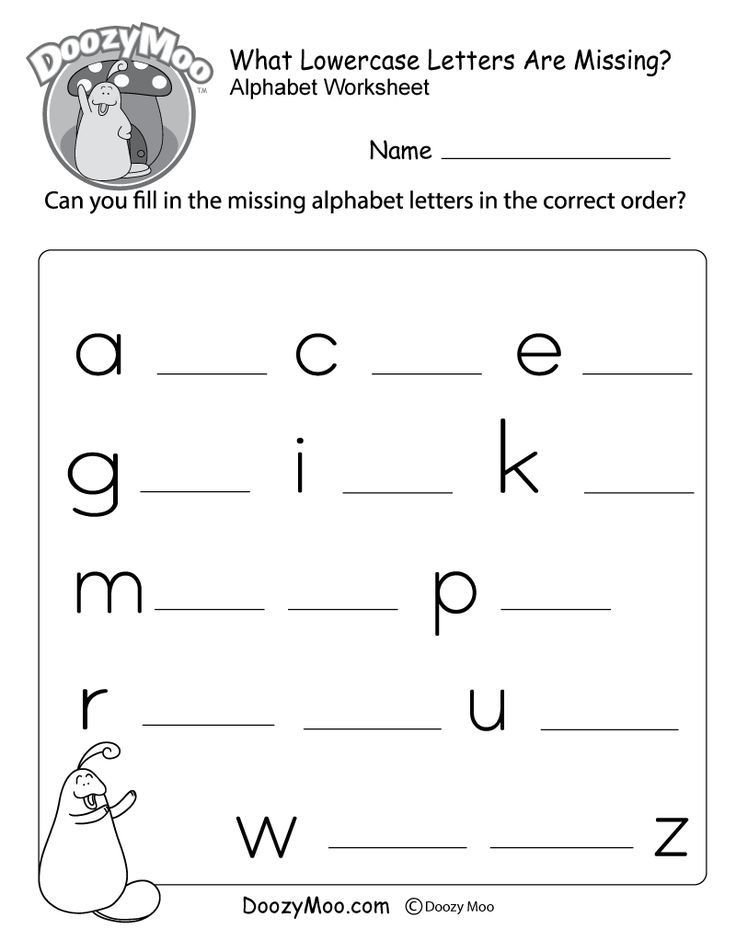
What Letter Is It is an alphabet song that teaches phonemic awareness (connecting the letter sound to each letter of the alphabet) while incorporating simple, enjoyable exercises. This song covers the entire alphabet and each letter sound. Children will enjoy providing the alphabet letter that matches the phoneme (sound) they hear.
Get Up to Get Down will have all children moving and exercising. This directional song covers the concepts of left and right and up and down. Children will also be hearing rhyming words throughout the song and they will be working on following directions as they follow along with the various fun and engaging movements.
Zig-Zag Ziggety Zee is a name song with funny rhyming words that will have children laughing as they sing along. This song will also teach children about onset (the beginning sound) and rime (the vowel and ending sounds) as they change the word Zee to match the names listed in the song.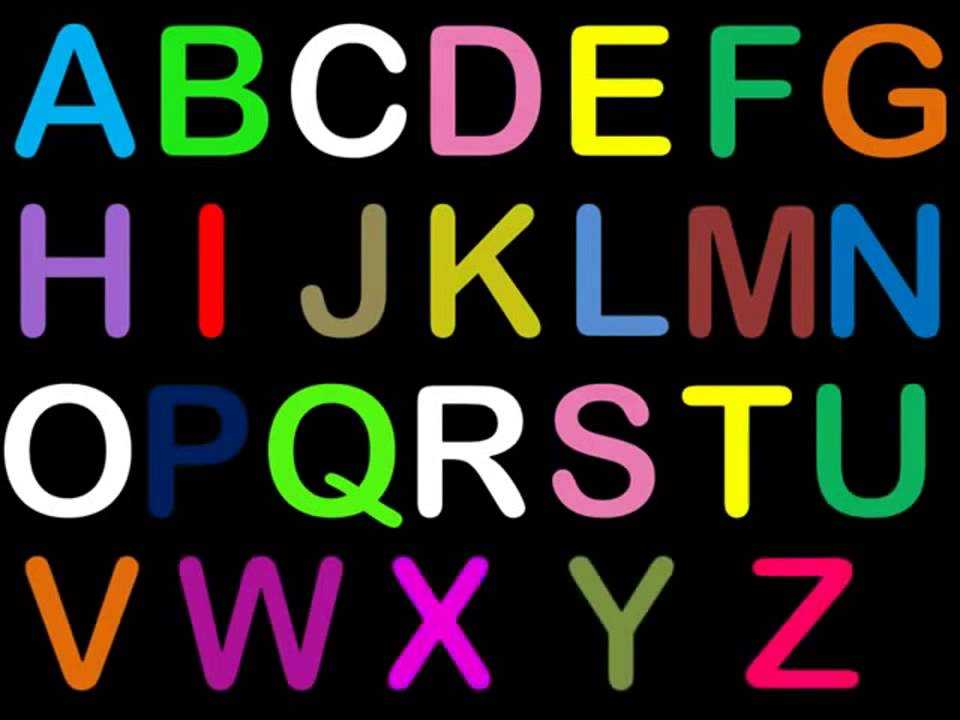
Zig-Zag Ziggety Zee (open) is the perfect follow up activity once the children have learned the original Zig-Zag Ziggety Zee song. In this version, the learning is extended by having the children provide the correct word to rhyme with their own name and the names of their friends. Children will have the opportunity to strengthen their knowledge of onset (the beginning sound) and rime (the vowel and ending sounds), as well as rhyming words. This song can also help them to learn the names of others.
Play with Sounds and Dance Around is a fun animal song with interesting sounds and movements. This song will help children to explore some of the various sounds that can be heard in the alphabet. Children will enjoy making creative movements while hearing a variety of alphabet sounds and unusual word patterns.
Beginning Sound Workout focuses on identifying words that start with the same beginning sound.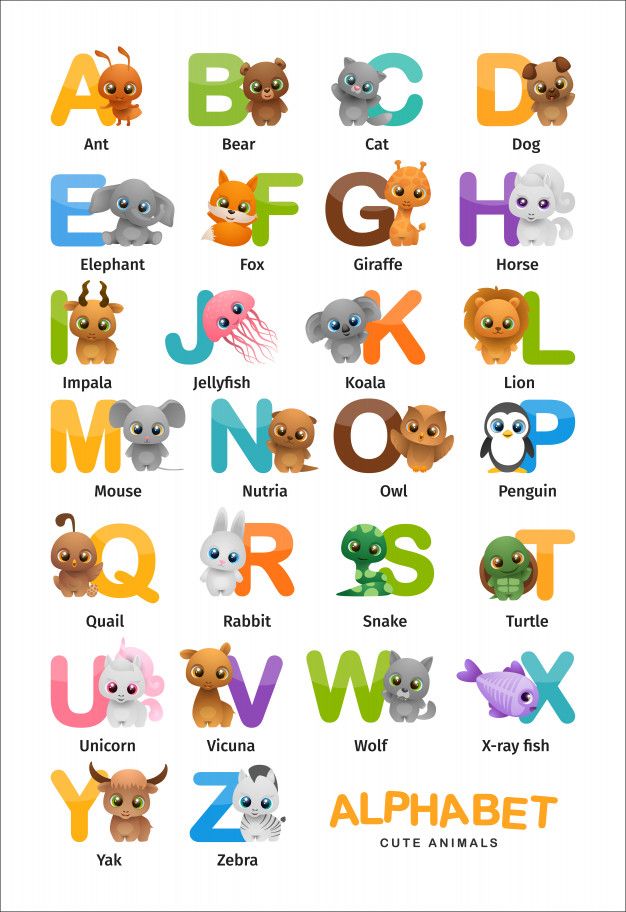 The children will perform a specific movement when they hear a word that starts with the same sound as the alphabet letter introduced. This is a fun introduction to alliteration (words beginning with the same sound) as well as a song to help children to learn to listen closely to the beginning sounds of words.
The children will perform a specific movement when they hear a word that starts with the same sound as the alphabet letter introduced. This is a fun introduction to alliteration (words beginning with the same sound) as well as a song to help children to learn to listen closely to the beginning sounds of words.
Clap Our Syllables teaches children about one, two, and three syllable words. Children will learn that words can be segmented (separated) into sound parts known as syllables. The children will follow directional movements (high, low, left, right) to clap out the syllables of various words. This is a very engaging way to learn about syllables.
I Can Make Words That Rhyme is a rhyming song that will have children moving and grooving as they say words that have the same ending.
Workout As We Rhyme is a fun way for children to show what they know about rhyming words by listening carefully. They will be asked to perform a movement if the words sound the same on the end, and to stop if a word doesn’t rhyme.
They will be asked to perform a movement if the words sound the same on the end, and to stop if a word doesn’t rhyme.
Jump Out Words refers to sight words or high-frequency words. These are words that are commonly seen when reading. By learning sight words such as “the” and “you”, students can automatically read more words in a sentence without having to stop to decode (or figure out) every word. This song is a fun way to memorize words.
Sports Syllables Song is a fun and engaging song that will appeal to a wide variety of children. They will enjoy learning more about syllables as they explore and act out various sports vocabulary words.
Exercise to Onsets & Rimes will teach children about onsets (the beginning sounds) and rimes (the vowel and ending sounds) as they sing and move. They will make a word by blending the onset and rime that they hear. They will recognize that these words all belong in a word family (or group of words with the same ending rime or spelling pattern) and that they can make new words in a word family by changing the beginning sound.
They will recognize that these words all belong in a word family (or group of words with the same ending rime or spelling pattern) and that they can make new words in a word family by changing the beginning sound.
Phoneme Deletion Freeze is a movement song that teaches children how to delete a phoneme (remove the beginning sound or sounds) from a word. They will do a coordinated movement for the word, then remove the beginning sound and just repeat the ending of the word. This song helps children understand the formation of words.
Vowel Sound Workout teaches children about long and short vowel sounds. This song specifically names each vowel sound and identifies it as a long sound or a short sound. This will help children as they sound out words on their own or as they attempt to write their own words. Learning long and short vowel sounds is an important foundational alphabet skill.
Vowel Shape Up will have children using their bodies to create each vowel letter. This is a fun alphabet song that has children making a physical representation of these important alphabet letters. This will help children to identify which letters of the alphabet are vowels.
Stretch, Reach, Bend and Blend teaches children about the importance of blends (two letter sounds that blend together) such as bl for block and tr for truck. In blends, two or more consonants work together, but the sound of each alphabet letter can still be heard. Children will first repeat the sound that each individual alphabet letter makes, then say the blend, and then say a word that starts with that blend.
Sight Word Spelling reviews common sight words or high-frequency words (words that are commonly seen when reading) by using special movements.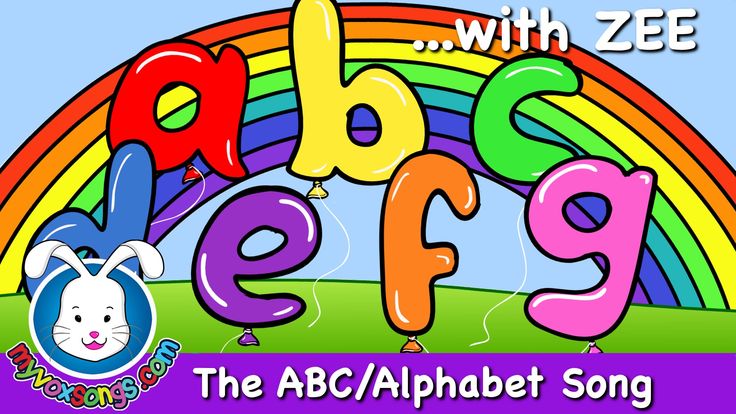 Children use their bodies to show whether the alphabet letters used to spell the words are tall, small, or fall letters. Tall letters (such as t and h) reach high, small letters (such as a and e) sit on the line, and fall letters (such as y and g) hang below the line. This physical representation can help children as they learn to identify and write these alphabet letters.
Children use their bodies to show whether the alphabet letters used to spell the words are tall, small, or fall letters. Tall letters (such as t and h) reach high, small letters (such as a and e) sit on the line, and fall letters (such as y and g) hang below the line. This physical representation can help children as they learn to identify and write these alphabet letters.
Word Family Workout is a song about exercising to the word families. Word families are groups of words that have the same ending sounds. Children will recognize that they can make new words in each family simply by changing the beginning sound.
Super Silly Hero Song is a fun movement song that children are sure to enjoy dancing along to. This song will have the children acting out moves as they meet many different characters. They will learn about accepting differences and working together.
Look Out for Bossy R is an alphabet song that teaches about how the letter R can change the sound of a vowel. For example, children can clearly hear the “a” sound in cat. When Bossy R comes along, you have the word car and the “a r” says ar. Learning about Bossy R will help children decode (figure out) R controlled vowels so that they can read words that would otherwise be difficult.
For example, children can clearly hear the “a” sound in cat. When Bossy R comes along, you have the word car and the “a r” says ar. Learning about Bossy R will help children decode (figure out) R controlled vowels so that they can read words that would otherwise be difficult.
Workout with Bossy R is a movement song that asks children to identify which words have a Bossy R (r controlled vowels) and which words don’t. For example, they would walk in place for car but not cat. This song will allow you to see if the children understand the Bossy R and can easily identify it in the words they hear.
Separating Sounds & Stretch covers beginning, middle, and ending sounds by pairing a physical movement with each sound. This is an excellent way for children to learn and practice the different placements of alphabet sounds in simple words. Understanding beginning, middle, and ending sounds is an important step in reading.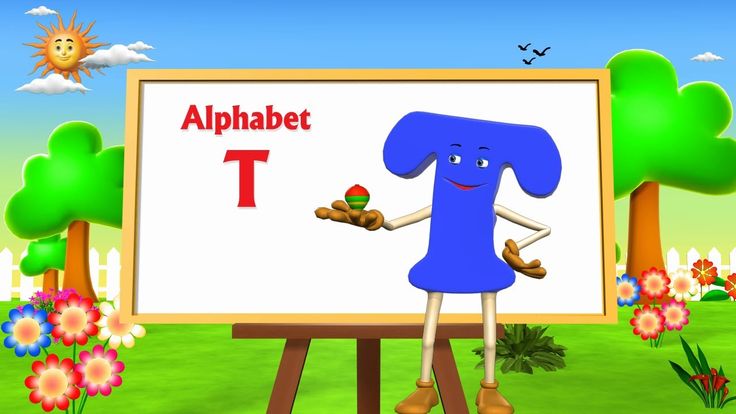
Tell Me Where We Are reviews many different types of settings in which a story may take place. Identifying setting is an important, and sometimes difficult, skill for young learners. The song gives clues about each setting and the children try to identify what that setting is. At the end of the song, all of the settings are listed.
Word on My Mind is an engaging song where children will listen to clues about alphabet sounds, beginning sounds, vowel sounds, and the number of letters to try to figure out a mystery word. This is a great way for children to practice the alphabet skills they’ve learned.
You Make a Difference teaches children that they are important and that they can make a positive difference in the world. This song gives concrete examples of positive things that young children can do. This is an empowering character education song.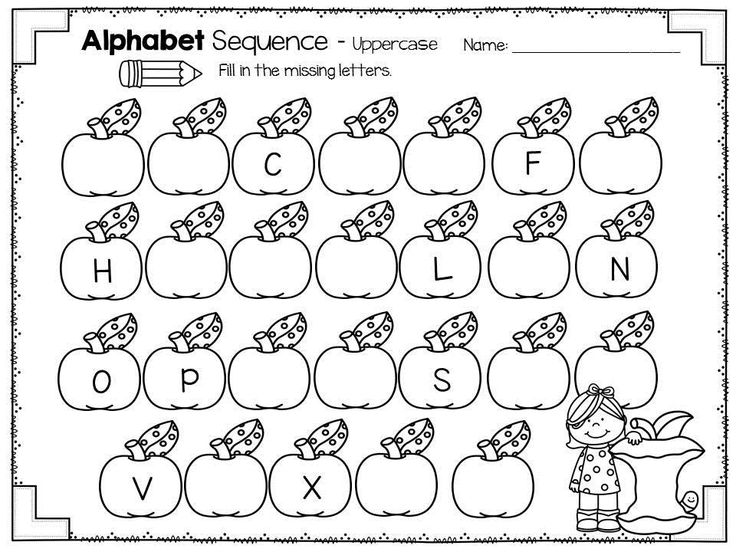
Shoot for the Stars is a motivational song for children. It teaches them about setting goals, staying motivated, working with others and taking pride in themselves.
| 1. Let's Get Fit to the Alphabet | 12. Workout As We Rhyme | 23. Look Out for Bossy R |
| 2. The Way We Read | 13. Jump Out Words | 24. Workout with Bossy R |
| 3. Booyah, Booyah | 14. Sports Syllable Song | 25. Separating Sounds & Stretch |
| 4. What Letter Is It | 15. Exercise to Onsets & Rimes | 26. Tell Me Where We Are |
| 5. Get Up to Get Down | 16. Phoneme Deletion Freeze | 27. Word On My Mind |
| 6. Zig-Zag Ziggety Zee | 17. Vowel Sound Workout | 28. You Make a Difference |
| 7. Zig-Zag Ziggety Zee (open) | 18. Vowel Shape Up Vowel Shape Up | 29. Shoot for the Stars Today |
| 8. Play With Sounds and Dance Around | 19. Stretch, Reach, Bend & Blend | |
| 9. Beginning Sound Workout | 20. Sight Word Spelling | |
| 10. Clap Our Syllables | 21. Word Family Workout | |
| 11. I Can Make Words that Rhyme | 22. Super Hero Song |
| Language Arts & Literacy Skills Included On This CD: | |
| |
On the "alphabet of October" - "Region".
 Journal about the Republic of Komi
Journal about the Republic of Komi the Komi language passed during the period of romanization
there would be strange signboards on the houses, made in Latin letters. And in some kiosk - newspapers with an incomprehensible font - either Latin or Russian ... This was the period of Latin writing in the history of the Komi language. It lasted four years - from 1932 to 1936. Then the streets of the capital of the Komi Autonomous Region were really decorated with signboards with Latin letters, children learned a new alphabet at school, books and newspapers were published on it ...
) area. 1934 From the funds of the National Museum of the Republic of Kazakhstan.
Before and after the revolution
It is worth recalling that the Komi language belongs to the old-written Finno-Ugric languages and takes the third place in terms of the time of the appearance of writing after Hungarian (XII century) and Karelian (XIII century). According to the official version, the Komi letters appeared in 1372, when Stefan of Perm made translations of church texts into the ancient Komi language. He went down in history as the inventor of the Komi alphabet, which began to be called after him - Stefanovsky. Another name for the alphabet - anbur - is given by its first two letters. However, this original alphabet was supplanted by writing based on the Cyrillic alphabet. And the first printed Komi books in the nineteenth century were published in the Cyrillic alphabet. Spring 19On the 18th year, the teacher Vasily Molodtsov proposed his draft alphabet for his native language, and already in August of the same year his alphabet was approved. It was also based on the Cyrillic alphabet, but out of 33 letters it had 11 Latin or modified letters to denote soft consonants and affricates. Since 1921, active book publishing began in this alphabet.
According to the official version, the Komi letters appeared in 1372, when Stefan of Perm made translations of church texts into the ancient Komi language. He went down in history as the inventor of the Komi alphabet, which began to be called after him - Stefanovsky. Another name for the alphabet - anbur - is given by its first two letters. However, this original alphabet was supplanted by writing based on the Cyrillic alphabet. And the first printed Komi books in the nineteenth century were published in the Cyrillic alphabet. Spring 19On the 18th year, the teacher Vasily Molodtsov proposed his draft alphabet for his native language, and already in August of the same year his alphabet was approved. It was also based on the Cyrillic alphabet, but out of 33 letters it had 11 Latin or modified letters to denote soft consonants and affricates. Since 1921, active book publishing began in this alphabet.
Molodtsov Vasily Aleksandrovich
(1886-1940)
Kom.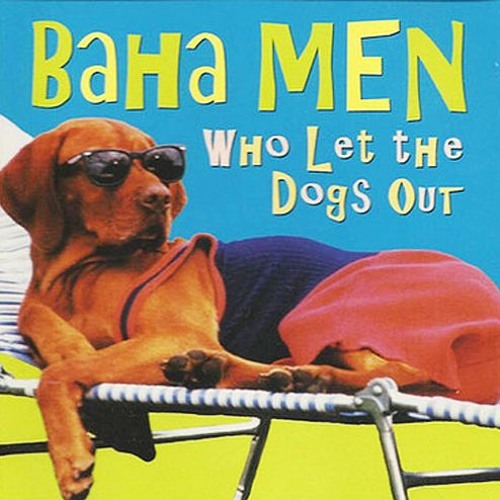 A native of the village of Tentyukovo (now part of Syktyvkar). At 19In 18 he created an alphabet for the Komi language, which became the first of the officially approved alphabets. On this alphabet, he compiled an primer (1920) and a grammar (1921). In the 1920s, Molodtsov developed a system of spelling rules for the Komi language. His works played an important role in the development of the Komi literary language.
A native of the village of Tentyukovo (now part of Syktyvkar). At 19In 18 he created an alphabet for the Komi language, which became the first of the officially approved alphabets. On this alphabet, he compiled an primer (1920) and a grammar (1921). In the 1920s, Molodtsov developed a system of spelling rules for the Komi language. His works played an important role in the development of the Komi literary language.
In 1938 he was accused of bourgeois nationalism and repressed. On August 31, 1940, he died in a camp in Upper Chow. In 1957 he was rehabilitated due to the lack of corpus delicti.
Molodtsov alphabet of the Komi language.
At the same time, another linguistic trend has emerged in the young and multinational Land of Soviets. In the 1920s, the communists believed in the imminent victory of the world revolution, which was supposed to lead to the creation of a world language for communication between workers from different countries and continents. Back in 1919, the Scientific Department of the People's Commissariat of Education in its documents indicated "the desirability of introducing the Latin script for all the peoples inhabiting the territory of the republic, which is a logical step along the path that Russia has already embarked on by adopting a new calendar style and the metric system of measures and weights ".
Back in 1919, the Scientific Department of the People's Commissariat of Education in its documents indicated "the desirability of introducing the Latin script for all the peoples inhabiting the territory of the republic, which is a logical step along the path that Russia has already embarked on by adopting a new calendar style and the metric system of measures and weights ".
Latin was then called the language of the revolution. In contrast to the Russification carried out by the tsarist government, the new government set a course for the national development of all the peoples inhabiting the USSR and their languages. Some peoples did not have their own written language at all, while Muslims used Arabic. Therefore, all the languages of the Muslim and Buddhist peoples of the USSR and those who had not previously had their own written language were first translated into Latin. The Latinized alphabet was adopted in Azerbaijan and in all the republics of Central Asia, as well as in a number of autonomous republics and regions, changing the script to Arabic, Hebrew, and ancient Uyghur-Mongolian scripts.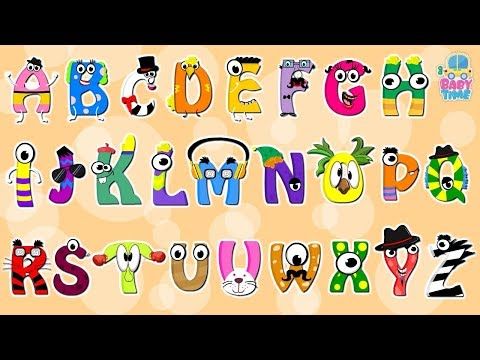 The introduction of a new alphabet in the Muslim regions met with ardent resistance from the local intelligentsia and clergy, but was put into practice with the tough hand of the new government.
The introduction of a new alphabet in the Muslim regions met with ardent resistance from the local intelligentsia and clergy, but was put into practice with the tough hand of the new government.
Department of photo-zincography of the Komi State Publishing House. Syktyvkar, Communist street, 1934. From the funds of the National Museum of the Republic of Kazakhstan.
"Lead basis" on the way to communism
Discussions about the introduction of writing on the Latin basis have also begun in some Finno-Ugric regions. In Komi, the idea of romanization of writing was first put forward by Professor Alexei Gren, well-known in the then scientific circles. He settled in Ust-Sysolsk in the early 1920s as a lecturer at the Komi Institute of Public Education. At 19In 1924, Gren published in the magazine Komi Mu a kind of program article “On the question of the application of the Latin alphabet to the Komi and Udmurt languages”. A. Gren considered this question "from two sides: political and philological. "
"
Aleksey Nikolaevich
(1862-1932?)
was born on December 5, 1862 in Yekaterinburg in a colonel family, from nobles. Graduated from the Faculty of Oriental Languages of Petersburg University (1886). He taught the history of religions, Caucasian studies, general linguistics in Krasnodar, Kharkov and Kiev universities. From 1918 to 1927 teaching in Vologda, Ust-Sysolsk and Perm University. Conducted research in the field of linguistics, ethnography, archeology. One of the founders of the Society for the Study of the Komi Territory. Author of the work "Zyryanskaya mythology" and a number of others in the field of Finno-Ugric studies. In the early 1930s he lived and worked in Sukhum, where he died (according to some sources, in 1932).
Komi-Udmurt alphabet based on the Latin alphabet.
First of all, the professor inherited Molodtsov's alphabet, on which "many pounds of type have been cast and in this respect it has, so to speak, a lead basis, from which it is not so easy to move it.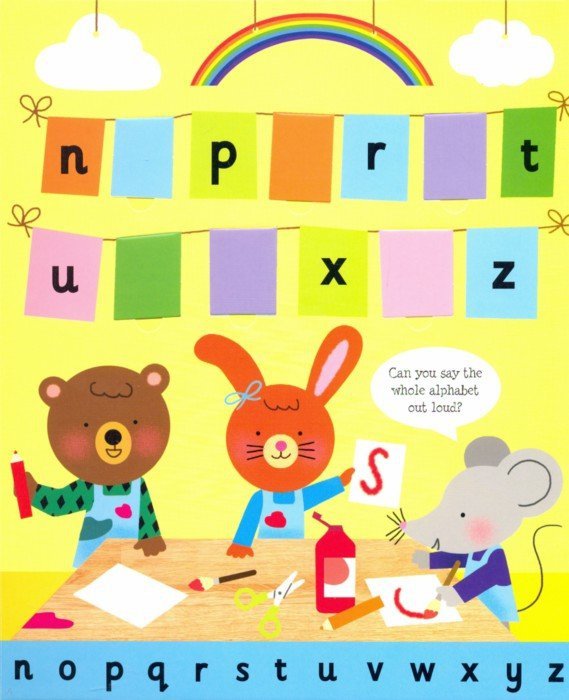 " As A. Gren wrote, “the Molodtsov alphabet is only one of the cardinal means for helping the Zyryans to lose their national image and turn into Russians.” Another thing is the Latin alphabet. It is he who, according to Gren, is necessary for “general Finnish affinity” - “so that the highly cultured relatives of the Zyrians, Finns and Hungarians, get to know them better and so that the communist propaganda in Finland, Estonia and Hungary, which is being conducted there relatively weakly ... In addition, since the world is moving towards world communism, like an international language, an international alphabet must also be published, and this can only be Latin.
" As A. Gren wrote, “the Molodtsov alphabet is only one of the cardinal means for helping the Zyryans to lose their national image and turn into Russians.” Another thing is the Latin alphabet. It is he who, according to Gren, is necessary for “general Finnish affinity” - “so that the highly cultured relatives of the Zyrians, Finns and Hungarians, get to know them better and so that the communist propaganda in Finland, Estonia and Hungary, which is being conducted there relatively weakly ... In addition, since the world is moving towards world communism, like an international language, an international alphabet must also be published, and this can only be Latin.
The question raised by A. Gren caused a discussion among the Komi public. The debate, however, did not last long. Already in September 1925, the II All-Communist Congress of Education Workers stopped the debate on the issue of Latinization. As our authoritative historians I. Zherebtsov and A. Popov write, “the teachers of national schools, who made up the majority among the congress delegates, based on their own daily experience, confirmed the viability of the Molodtsov alphabet, despite all its costs.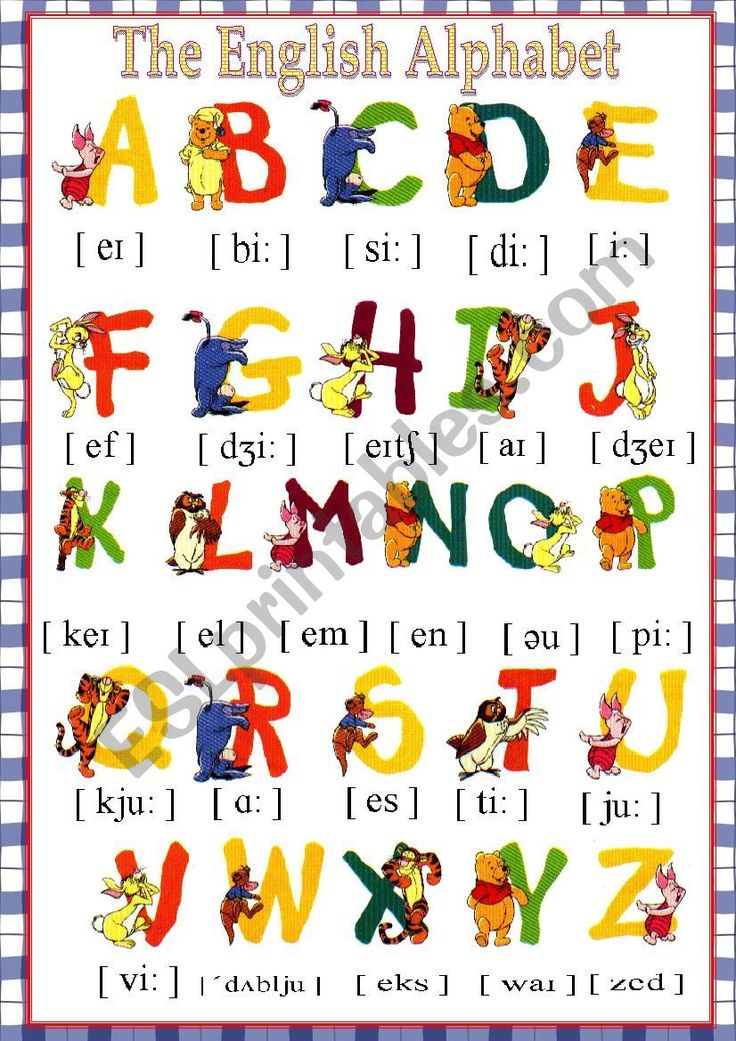 ” A. Gren himself did not wait for the end of the discussion, having moved from Ust-Sysolsk to Perm. But, as it turned out, his ideas will still be in demand. And teachers and all the workers of the Komi region will become ardent supporters of latinization.
” A. Gren himself did not wait for the end of the discussion, having moved from Ust-Sysolsk to Perm. But, as it turned out, his ideas will still be in demand. And teachers and all the workers of the Komi region will become ardent supporters of latinization.
Syktyvkar fire brigade in front of the fire station wall. 1933 From the funds of the National Museum of the Republic of Kazakhstan.
The process has begun
By the end of the 1920s, the process of Latinization of the writing of national languages in the USSR noticeably intensified, the All-Union Central Committee of the New Alphabet (VCCNA) was even created under the presidium of the Central Executive Committee of the USSR, and in the republics and regions - their own committees. By the way, Vasily Ilyich Lytkin, a well-known Komi scientist and linguist, at that time was an active supporter of the romanization of the Komi alphabet, was a member of this same VCCNA as a researcher. He led a special commission to draft a unified alphabet for the Komi and Udmurts.
He led a special commission to draft a unified alphabet for the Komi and Udmurts.
In July 1929, at the Komi Linguistic Conference of Glavnauka, a resolution was adopted on the need to switch to the Latinized alphabet, using the experience of this process among the Turkic peoples. In September 1930, without any discussion, the Bureau of the Komi Regional Committee of the All-Union Communist Party of Bolsheviks officially decided to translate the Komi script into Latin. Under the Komi Regional Executive Committee, a Commission was organized for the romanization of the Komi alphabet. The process, as they say, has begun.
Participants of the Syktyvkar-Arkhangelsk relay race dedicated to the III Regional Congress of Soviets. January 1935. From the funds of the National Museum of the Republic of Kazakhstan.
The building of the former store of the merchant P. Kambalov on Sovetskaya street in Syktyvkar, which housed an industrial goods store and the Komi Regional Central Library. 1930s The building now houses the library. S.Ya.Marshak. From the funds of the National Museum of the Republic of Kazakhstan.
1930s The building now houses the library. S.Ya.Marshak. From the funds of the National Museum of the Republic of Kazakhstan.
At the celebration of the 10th anniversary of the Komi Pioneer Organization. Syktyvkar, 1933. From the funds of the National Museum of the Republic of Kazakhstan.
In the struggle for a new alphabet
In 1934, the publishing house "Vlast Sovetov" under the presidium of the All-Russian Central Executive Committee published a collection of articles with the telling title "Alphabet of October", which summed up the introduction of the Latin alphabet among the peoples of the RSFSR. This collection also included an article by the Komi journalist and philologist Ivan Obaturov “The Struggle for a New Alphabet in the Komi Autonomous Region”. Here is how Obaturov described the process of this struggle:
“Among the masses, a broad explanatory work is being unfolded about the significance of the romanization of the Komi alphabet. Among lumberjacks, in collective farms, in villages, in institutions and in all educational institutions, mass meetings were held to discuss the decision of the regional Committee of the All-Union Communist Party of Bolsheviks on the romanization of the Komi alphabet. Decisions began to arrive from remote villages and villages, which testified to the warm response of the Komi working people to the decision of the OK of the All-Union Communist Party of Bolsheviks. Greetings began to come even from individual Red Army soldiers, shock lumberjacks, etc.
Among lumberjacks, in collective farms, in villages, in institutions and in all educational institutions, mass meetings were held to discuss the decision of the regional Committee of the All-Union Communist Party of Bolsheviks on the romanization of the Komi alphabet. Decisions began to arrive from remote villages and villages, which testified to the warm response of the Komi working people to the decision of the OK of the All-Union Communist Party of Bolsheviks. Greetings began to come even from individual Red Army soldiers, shock lumberjacks, etc.
The most lively participation in all work on the romanization of the alphabet has been and is being taken by the mass of teachers and students of advanced schools. Komi scientists located in the years. Leningrad and Moscow met with great sympathy the decision of the All-Union Communist Party of Bolsheviks and immediately began to develop projects for a new alphabet. The press of the region was actively involved in the discussion of issues related to the romanization of the Komi alphabet.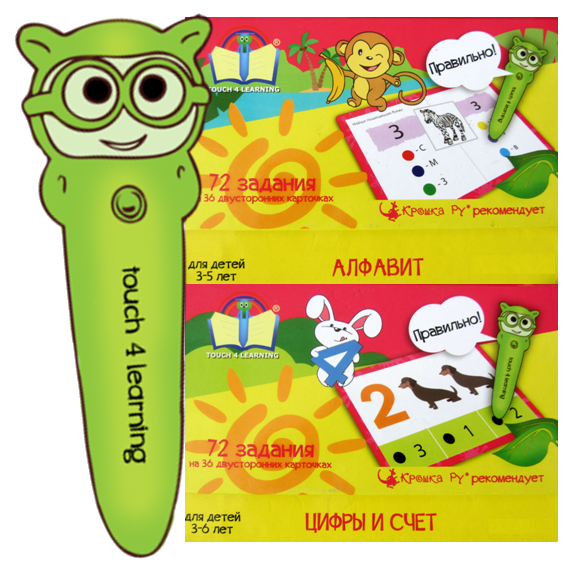 A number of articles, separate proposals, greetings were published in newspapers and magazines”… The Regional Commission issued an appeal in Komi and Russian languages - a poster with a draft alphabet developed by the Ugro-Finnish Commission of the Central Committee of the RSFSR. At the village councils, in the workers' settlements and at each district executive committee, commissions were created for the romanization of the Komi alphabet. In a number of districts, local commissions actively set to work. The local regional press responded vividly to this event and began to publish articles and individual proposals for the alphabet project ...
A number of articles, separate proposals, greetings were published in newspapers and magazines”… The Regional Commission issued an appeal in Komi and Russian languages - a poster with a draft alphabet developed by the Ugro-Finnish Commission of the Central Committee of the RSFSR. At the village councils, in the workers' settlements and at each district executive committee, commissions were created for the romanization of the Komi alphabet. In a number of districts, local commissions actively set to work. The local regional press responded vividly to this event and began to publish articles and individual proposals for the alphabet project ...
Throughout 1931, the draft of the new Komi-Udmurt alphabet was discussed and approved in various regional and central authorities, until it was finally approved by the Bureau of the Regional Committee of the All-Union Communist Party of Bolsheviks, and then by the Komi Regional Executive Committee. In its resolution, the Presidium of the Regional Executive Committee noted that “the so-called Molodtsov alphabet existing among the Komi people, which closes the development of Komi culture within the framework of narrow nationalism, does not correspond to the general movement of the peoples of the USSR for the unification of the alphabet, and becomes a brake on the further development of the pace of cultural construction in accordance with the general course socialist offensive along the entire front.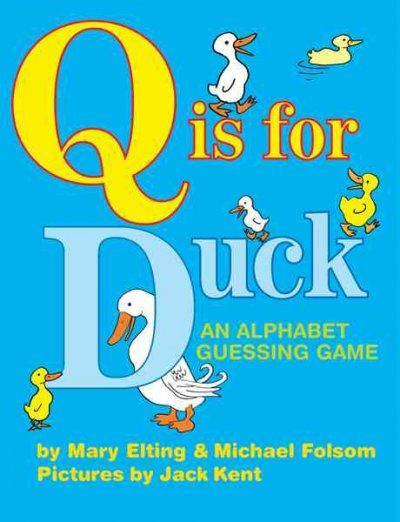 It was supposed to immediately launch extensive work to popularize the new alphabet among the population, translate office work, book and periodical printing into the Latin alphabet, and, of course, teach the Komi language. All work on the transition to a new alphabet was supposed to be completed by January 1, 1934 years.
It was supposed to immediately launch extensive work to popularize the new alphabet among the population, translate office work, book and periodical printing into the Latin alphabet, and, of course, teach the Komi language. All work on the transition to a new alphabet was supposed to be completed by January 1, 1934 years.
Pages from a 1930s primer. School Museum of the village of Bolshelug, Kortkeros district.
It was smooth on paper…
But, as they say, it was smooth on paper, but forgot about the ravines. Apparently, the new alphabet received popular approval only on the pages of party newspapers and in reports for Moscow, but in fact, the Latin alphabet did not suit everyone. In the political language of Ivan Obaturov, it sounded like this:
“Kulak elements and right-wing opportunists, great-power and local nationalists are making all sorts of attempts to fail the transition to a new alphabet. There are cases of Khvostist sentiments on the part of individual Communists and Komsomol members. The great-power chauvinists, in particular the remnants of the defeated old bourgeois intelligentsia, are striving to disrupt the translation of office work into their native language, they ignore the Komi language, as well as measures to romanize the alphabet. The assistants of the great-power chauvinists are local nationalists who continue to defend the old, valiant alphabet and do not want to switch to a new one.
The great-power chauvinists, in particular the remnants of the defeated old bourgeois intelligentsia, are striving to disrupt the translation of office work into their native language, they ignore the Komi language, as well as measures to romanize the alphabet. The assistants of the great-power chauvinists are local nationalists who continue to defend the old, valiant alphabet and do not want to switch to a new one.
Already in 1932, party leaders stated that the pace of transition to a new alphabet in the Komi region was insufficient. The plan for universal romanization for 1933 was also not fully implemented. As the presidium of the Komi Regional Executive Committee noted, “the plan for training courses for the elimination of illiteracy in the new alphabet has not been completed; the broad masses are not yet prepared to read the new alphabet; the plan for publishing textbooks and agitational mass literature has also not been fully implemented; the periodical press did not fulfill its plans. ” This was explained, of course, by "an insufficient struggle against opportunist and chauvinist elements." The real reason lay elsewhere.
” This was explained, of course, by "an insufficient struggle against opportunist and chauvinist elements." The real reason lay elsewhere.
If you leaf through the Komi newspapers of those years, you will be surprised to notice a strange "bilingualism" on their pages. Here is the title of the note printed in some unusual Latin alphabet, and the note itself is in Cyrillic. Or vice versa - the title is in Cyrillic, and the text is in Latin ... This nonsense was explained by the need to "imperceptibly accustom the most diverse circles of workers to reading in the new alphabet." In fact, local printing houses simply did not have enough Latin fonts. Newspapers are now produced using computer layout and offset printing. And then, for manual typing, metal letters with Latin letters were needed, they had to be made in large quantities, sufficient for the Bolshevik plans for latinization. It was impossible to do this in a short time. So they made do with what they had. “The worst thing is the transition to the new alphabet of the district newspapers, since the district printing houses have almost no typefaces in NA. The regional printing house itself is in dire need of fonts in NA and is not able to allocate from its stocks,” complained I. Obaturov.
The regional printing house itself is in dire need of fonts in NA and is not able to allocate from its stocks,” complained I. Obaturov.
The brains of leading lumberjacks and collective farmers boiled not only when reading newspapers. After all, they themselves had to learn to write in the "alphabet of October." It was based on the Latin alphabet, but at the same time it contained both completely Cyrillic letters and modified ones - like “e”, only backwards and upside down. All sorts of signboards, home-made posters and other means of agitation and communication were often written at that time by anyone who was much, mixing Latin and familiar Russian letters.
Nevertheless, under the strict guidance of the Bolshevik Party, newspapers, books, textbooks, posters, laws and regulations were printed at an accelerated pace in the new alphabet. For insufficient attention to the cause of latinization, responsible workers received scolding, were deprived of their chairs and freedom.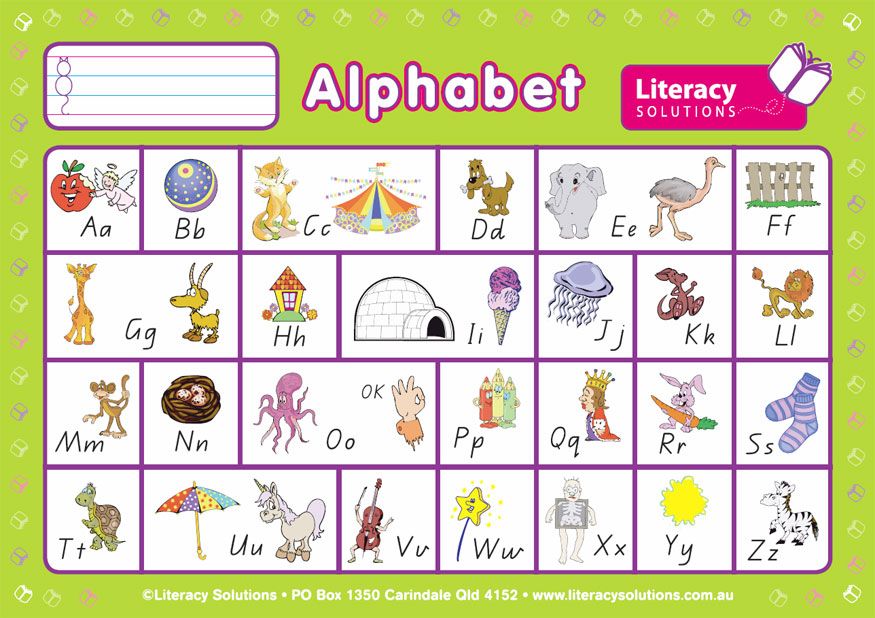 Soon, however, all this vigorous activity will become absolutely meaningless and even sabotage.
Soon, however, all this vigorous activity will become absolutely meaningless and even sabotage.
Printing houses of the Komi region lacked Latin fonts. Therefore, on the pages of the Komi press, texts in Latin and Molodtsovitsa often coexisted. From the funds of the National Library of the Republic of Kazakhstan.
An attempt on the “great and mighty”
Now there is a popular version on the Internet that the wise comrade Stalin, “a great scientist who knew a lot about linguistics,” put an end to universal latinization. Here we must remember that they also wanted to translate the “great and mighty” Russian language into Latin orthography. An ardent supporter of the romanization of the Russian alphabet was Anatoly Lunacharsky, People's Commissar of Education of the USSR. At 19In the year 30, at the initiative of Lunacharsky, the question of the Latinization of Russian writing was raised. In the article “Romanization of Russian Writing,” he noted that “from now on, our Russian alphabet alienated us not only from the West, but also from the East.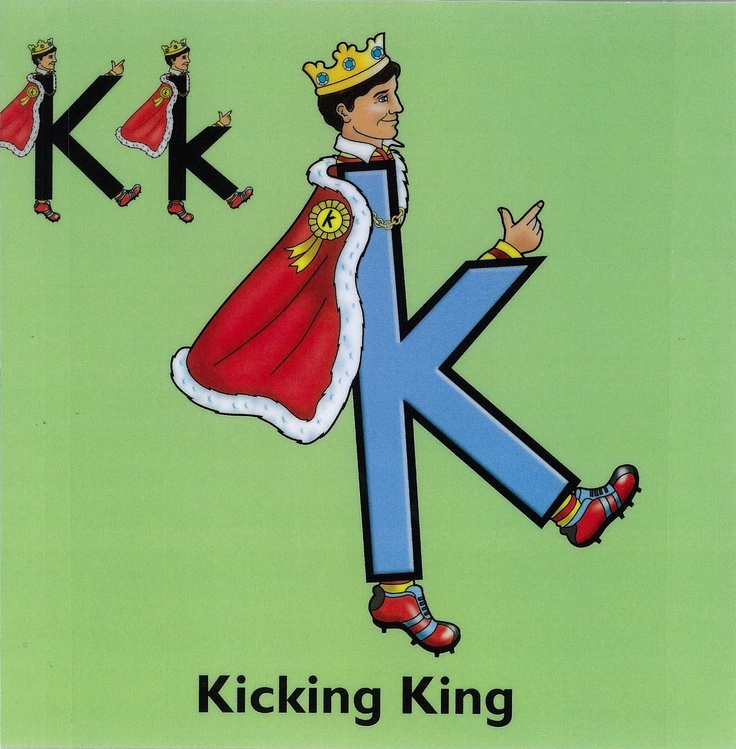 ” The subcommittee on the romanization of Russian writing, which was then created under the Glavnauka Narkompros, declared the Russian alphabet “a form of graphics ideologically alien to socialist construction”, “a relic of the class graphics of autocratic oppression, missionary propaganda, Great Russian national chauvinism and forced Russification.”
” The subcommittee on the romanization of Russian writing, which was then created under the Glavnauka Narkompros, declared the Russian alphabet “a form of graphics ideologically alien to socialist construction”, “a relic of the class graphics of autocratic oppression, missionary propaganda, Great Russian national chauvinism and forced Russification.”
In the early 1930s, the author of the project to translate the Russian language into Latin, the famous Soviet linguist Nikolai Yakovlev (grandfather of the writer Lyudmila Petrushevskaya), wrote that “the territory occupied by the Russian language within the Union remains a relic of the Russification activity of the tsarist missionaries - the spreaders of Orthodoxy . The territory of the Russian alphabet is currently a kind of wedge hammered between the countries where the Latin alphabet of the October Revolution is adopted, and the countries of Western Europe, where we have alphabets on the same basis. In the already mentioned VTsKNA, where N.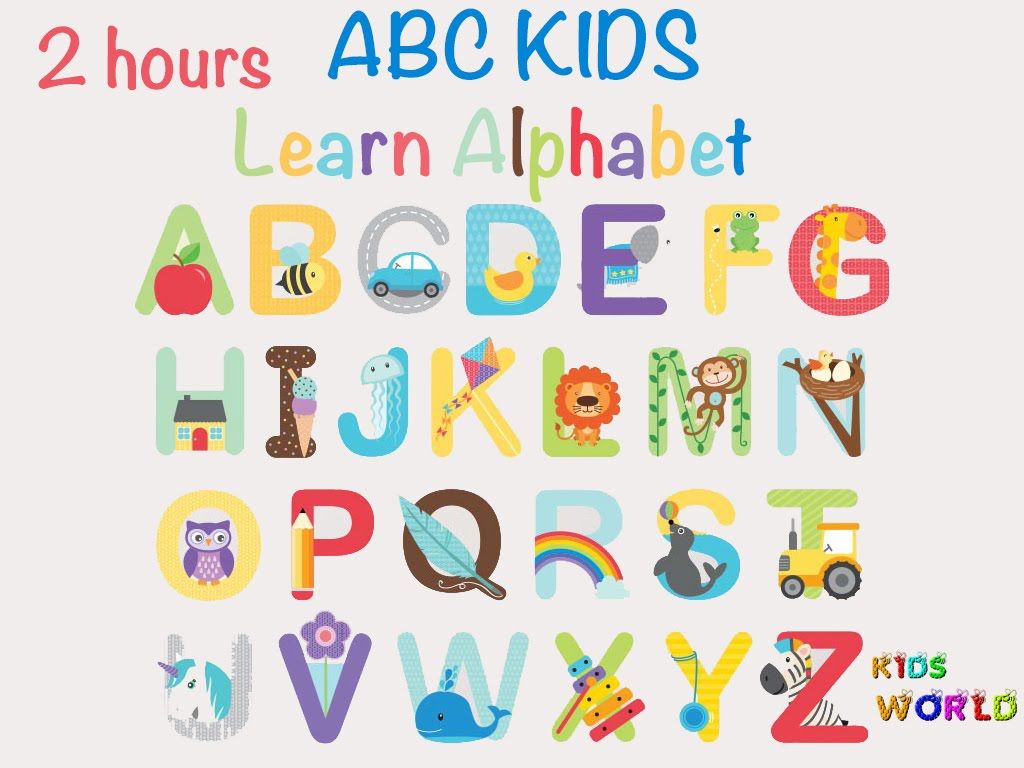 Yakovlev and V. Lytkin worked with their scientific colleagues, work was in full swing on compiling a new Russian alphabet on the Latin basis. If it were brought to the end, you would now hold in your hands, dear readers, the magazine "Region". But this is, of course, a joke.
Yakovlev and V. Lytkin worked with their scientific colleagues, work was in full swing on compiling a new Russian alphabet on the Latin basis. If it were brought to the end, you would now hold in your hands, dear readers, the magazine "Region". But this is, of course, a joke.
Be that as it may, in January 1930, the Politburo of the Central Committee of the All-Union Communist Party of Bolsheviks, chaired by Stalin, decided to stop working on the issue of romanization of the Russian alphabet. Allegedly, the leader and teacher realized that the world revolution was being postponed indefinitely, and was content with "building socialism in a single country." We will not go into a discussion about Stalin's motives. Note that in the national regions of the country, the romanization campaign continued, and began to wane starting from 1932-1933.
In the period from 1923 to 1939, 50 languages were translated into Latin (by 1939, the total number of written languages in the USSR was 72).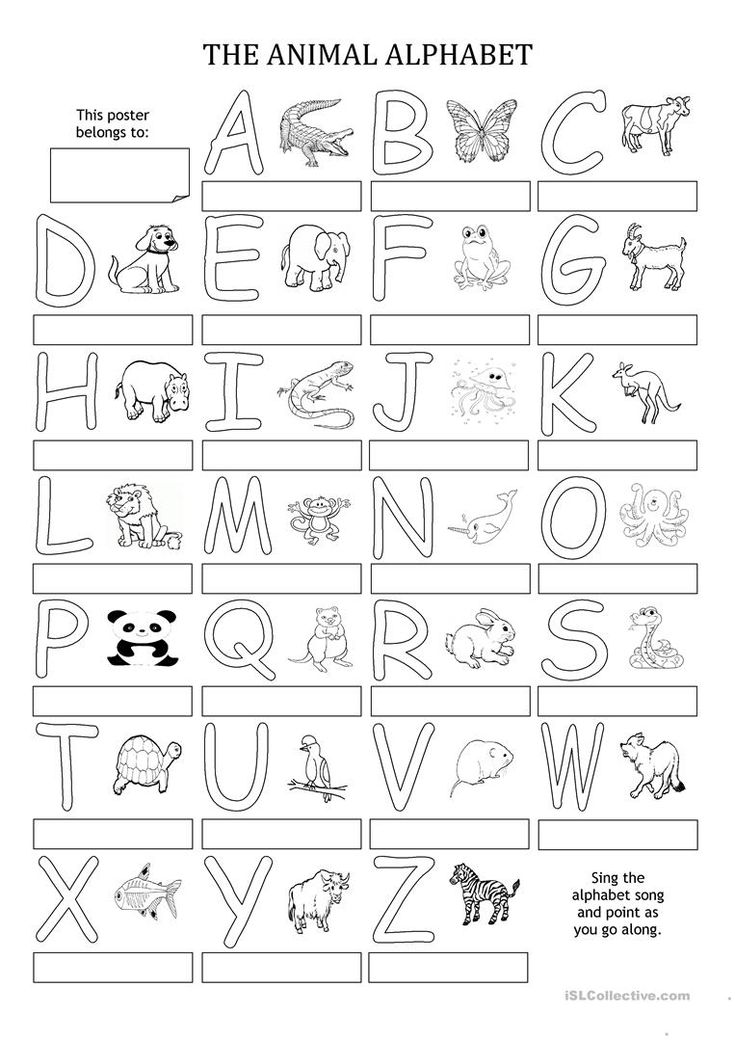 Among them are Assyrian, Bashkir, Baloch, Jewish-Tajik, Karaite, Chinese, Crimean Tatar, Kurdish, Nanai, Uighur, Eskimo and other languages. Projects for the romanization of the Aleutian, Arabic, Korean and Udmurt languages were drawn up. But Udmurt, like the Mari and Mordovian languages, retained the Cyrillic alphabet even during the period of maximum Latinization.
Among them are Assyrian, Bashkir, Baloch, Jewish-Tajik, Karaite, Chinese, Crimean Tatar, Kurdish, Nanai, Uighur, Eskimo and other languages. Projects for the romanization of the Aleutian, Arabic, Korean and Udmurt languages were drawn up. But Udmurt, like the Mari and Mordovian languages, retained the Cyrillic alphabet even during the period of maximum Latinization.
Stalin’s “counter-reform”
As noted by the famous Russian linguist Mikhail Arapov, “since 1936, a new campaign began to translate newly latinized languages into Cyrillic. Cyrillic alphabets for them were created at an accelerated pace, and the only “philological” task that was solved during the campaign was to make the alphabets for closely related languages as different from each other as possible. It hardly needs to be reminded that the reform was carried out in an atmosphere of terror and was accompanied by the physical destruction of the national intelligentsia, the elimination of all traces of national-cultural autonomy, and the imposition of the Russian language.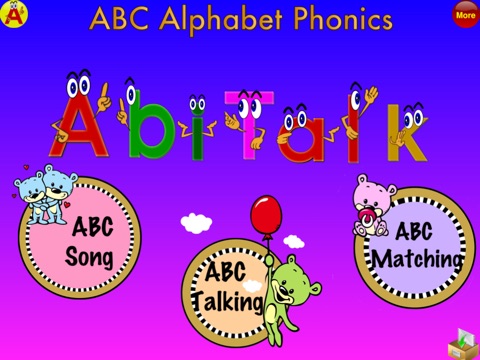 Stalin's "counter-reform" was basically over by 1940, as a result of it in the USSR in two decades, 21 languages changed the alphabet twice, and 13 - three times, 7 languages became unwritten in general. Everything was done in a hurry (the translation into Cyrillic was carried out in a few months), the war was looming, so several languages were completely forgotten and the alphabet was not changed for them.
Stalin's "counter-reform" was basically over by 1940, as a result of it in the USSR in two decades, 21 languages changed the alphabet twice, and 13 - three times, 7 languages became unwritten in general. Everything was done in a hurry (the translation into Cyrillic was carried out in a few months), the war was looming, so several languages were completely forgotten and the alphabet was not changed for them.
The Komi language has not been forgotten. “Despite the significant material resources spent and the organizational efforts made, the use of the Latinized alphabet in Komi revealed its failure,” writes Syktyvkar historian Tatyana Kirosova. - Linguistic experiments led to a sharp decrease in demand for Komi periodicals, and teaching at school was actually carried out without educational literature. As a result, March 7, 19For 35 years, the presidium of the Komi Regional Executive Committee issued a resolution on the transition to the "molodtsov" alphabet. A letter was sent to the Central Committee of the New Alphabet about the rejection of the Latinized alphabet "as it turned out to be incomprehensible to the working people. " Moreover, at the XIV Komi regional party conference in May 1937, it was pointed out that the regional committee made a gross mistake when deciding on “Latinization”.
" Moreover, at the XIV Komi regional party conference in May 1937, it was pointed out that the regional committee made a gross mistake when deciding on “Latinization”.
Dot over i
On January 1, 1939, the Molodtsov alphabet was replaced by the current version of the Cyrillic alphabet, much closer to the Russian script. It differs from the Russian alphabet only in two letters - "ö" and "i".
In this whole story, if we do not take into account its political component, the question is curious: is it possible to assess which of the alphabets - Latin or Cyrillic - is more suitable for the Komi language?
Andrey Chemyshev, employee of the language department of the Mari Institute of V. M. Vasilyeva believes, for example, that the Molodtsov alphabet is most suitable for the Komi language, which better takes into account the phonetics of the Komi language. “For those who do not know the Komi language, it is best to start learning it when the texts are written by a young lady,” he says.
The opinion of Anastasia Vasilyeva, a mathematics teacher at Moscow State University, who learned the Komi language on her own, is curious: “My favorite alphabet is Molodtsovskaya. But based on purely practical considerations and personal observations, I think that it is better to leave the current Cyrillic alphabet. Leave it not because it is Cyrillic, but because it is now used. If there was a Latin alphabet now, I would be for the Latin alphabet.
Doctor of Philology Yevgeny Tsypanov believes that "this question does not and cannot have an unambiguous answer, since the sounds of speech of the Komi language can be adequately conveyed in writing by letters of different alphabets."
“Cyrillic writing by now has an eighty-year continuous tradition, it is firmly rooted and is familiar to the Komi. Talking about changing modern writing to some other one does not make any practical sense, ”says Marina Fedina, Candidate of Philological Sciences from Syktyvkar.
We think the same way, remembering that the best is often just the enemy of the good.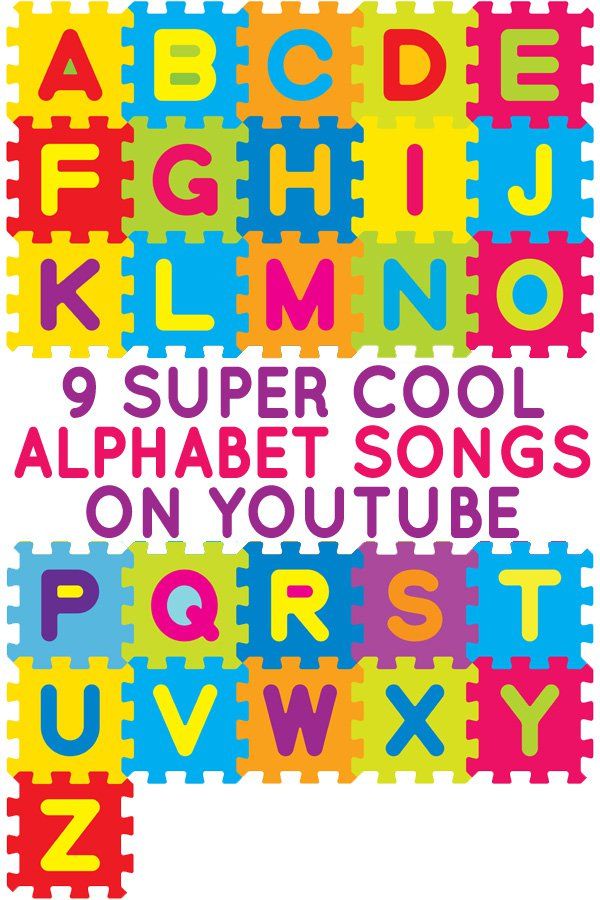 And very often it costs us too much…
And very often it costs us too much…
Artur ARTEEV
Evgeny KHLIBOV
We thank the staff of the National Museum of the Republic of Kazakhstan and the National Library of the Republic of Kazakhstan for their assistance in preparing this publication.
Evgeny Tsypanov,
Deputy Director for Scientific Work Ivali Komi NC RAS RAS, Doctor of Philology:
- History of Komi Writing clearly showed that it was equally good for the Komi language equally well for the Komi language Several graphic systems came up, among which the main ones are Stefanov's letters, Molodtsov's graphics, Latin and modern graphics based on Cyrillic with the addition of two additional letters ö and i. In the 19th century, there were even more such graphs, since each figure in the Komi written culture then wrote in his own way: Alexander Shergin, Ivan Kuratov, Pavel Savvaitov, Georgy Lytkin, Andrey Tsember and others.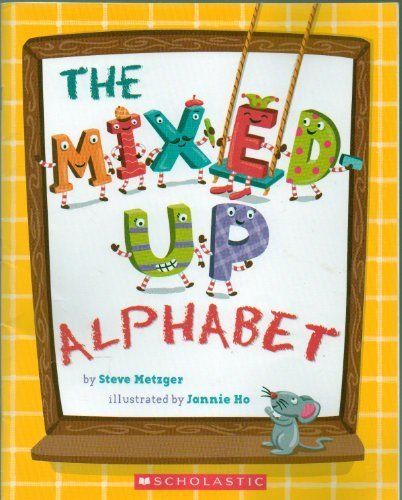
There was no single standardized language until 1918. By the way, this year the modern literary language of the Komi-Zyryans and Komi-Permyaks turns one hundred years old. The Komi language has an amazing variety of graphic design of texts that have not yet been properly studied, since few of them have been published, much is in the archives.
The question of what is better - Latin or Cyrillic - does not and cannot have an unambiguous answer, since the sounds of speech of the Komi language can be adequately conveyed in writing by letters of different alphabets, however, due to habit, an established long-term tradition, the current the graphics system does not need to be changed or changed to another alphabet.
CHUVASH WRITING - the history of Simbirsk and Ulyanovsk
CHUVASH WRITING, attempts to create it were made
from Ser. 18th century Books were translated from Russian into the Chuvash language, they used the Russian
graphic system without taking into account the specific features of the
Chuvash speech and language.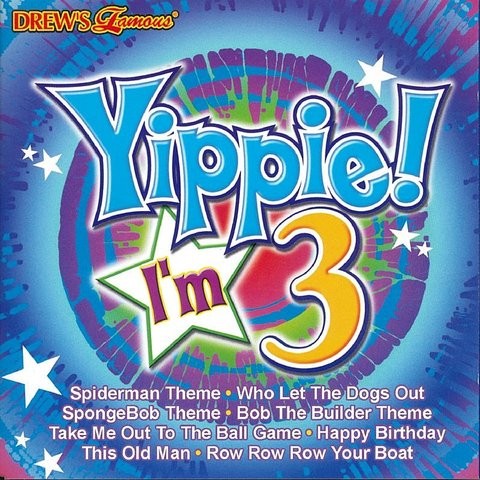 The first Chuvash primer
The first Chuvash primer
"Chuvash knege" was created in 1867 by the inspector of the Chuvash schools
of the Kazan educational district, a famous Russian teacher,
ethnographer, researcher of the Chuvash language Nikolai
Ivanovich Zolotnitsky (1829-1880). However, this primer turned out to be imperfect
and at the suggestion of the professor of Kazan University
Nikolai Ivanovich Ilminsky (1822-1891) for
experimental study of the sounds of the Chuvash speech in the autumn of 1870
the first-year student I.Ya. Yakovlev rallied around himself a working group -
Russian student V. Belilin, Chuvash S. Timryasov, T. Petrov, A.
Rekeyev, I. Ivanov, D. Filimonov, who systematically
consulted with university professors: N.I. Ilminsky, N.N.
Bulicha, G.S. Sablukov.
Developed alphabet consisted of 47 letters. On its basis in 1872
I.Ya. Yakovlev published the first primer under the title "T'vash
adizene syrva vrenmelli knege" ("A book for teaching Chuvash
children to read and write. " - Kazan, Tipolitography K.A. Tilly, 56 pages). With this
" - Kazan, Tipolitography K.A. Tilly, 56 pages). With this
primer, Yakovlev marked the beginning of a new period of Chuvash
writing.
However, the scientifically flawless alphabet of the first primer turned out to be
inconvenient for practical use. After a thorough acquaintance
with the achievements of the philological thought of Russian and
foreign linguists and the alphabets of other languages (Finnish,
Ossetian, Serbian, Yakut), I.Ya. Yakovlev improved,
simplified it. In the "Primer for the Chuvash", published in the beginning. 1873, he
left only 25 letters. The second edition of the primer included
23 stories written by I.Ya. Yakovlev, 45 riddles and about 400
proverbs and sayings collected by him and his colleagues in the Chuvash
villages of Buinsky district Simb. lips.
Since that time, the new Yakovlev alphabet
has finally established itself in Chuvash writing, and the Buin dialect of the lower
dialect formed the basis of the modern Chuvash literary
language.